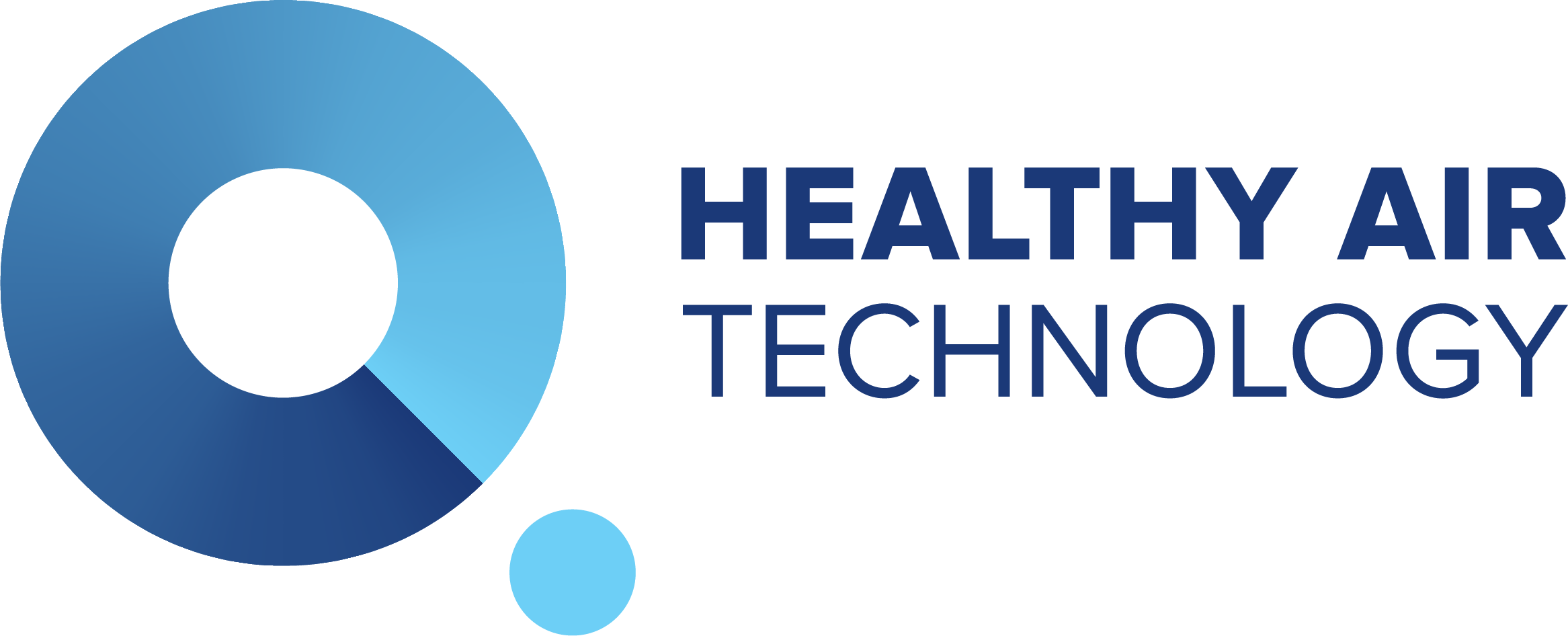Frequently Asked Questions
Please see below some common questions about our products. If you are still unsure, please get in touch and we will be happy to answer any other queries you may have.
What distinguishes your product from your competitors' products?
Our product incorporates N-Orbital Oxide (DNO) ambient temperature catalysts, an advanced technology invented by a world-renowned researcher at Oxford University. Our products capture and destroy pollutants, achieving total pollutant removal with high efficiency. In contrast to most air purifiers, our products do not release secondary pollutants.
How will I know if your product is working? What will I see and feel?
Upon activation, our product will provide purer, safer, and healthier air for you to breathe. You will feel as though you are breathing fresh air in a forest or by the seaside. Our built-in sensor will also display the quality of the air in your room. The sensor will show how quickly the air quality improves once the machine is activated.
Is there an app or service that I can use to show the level of pollutants in my area?
There are many good air quality apps available in the market, most of which are free. You can easily find these apps through a simple Google search. Our top recommended apps are BreezoMeterand Real Time AQI, all of which are free.
What aspects of your product are patented?
Our core technology, the N-Orbital Oxide (DNO) ambient temperature catalyst, is protected by a group of four patents. The two main patents cover the coating and manufacturing process. Together, these patents ensure that our DNO catalyst is highly efficient and cost-effective, making it accessible to the general public for tackling air pollution.
Where can I purchase spare filters?
You can purchase spare filters on our website or from our authorized distributors' websites.
How do you determine the lifespan of the filter?
We have conducted tests that demonstrate that our catalyst is 1.8 times more effective at removing formaldehyde and can last up to eight times longer than activated carbon filters. While catalysts should theoretically last for an extended period without decay, their efficiency can decline due to dust and environmental factors. The lifespan of our product also depends on the severity of the pollution in the surrounding environment.
Can your air purifier remove particles?
Yes, our air purifier incorporates particle filters along with our catalyst to eliminate both particulate and chemical pollutants from the air.
What makes your technology unique and specific?
Our N-Orbital Oxide (DNO) catalyst technology operates at normal temperatures without requiring light, and it is capable of completely converting and destroying pollutants without generating secondary pollution. For formaldehyde, bacteria, and viruses, the DNO catalyst converts these pollutants into water, carbon dioxide, and oxygen, making it a safe and effective solution for improving indoor air quality.
Does the ionizer in Healthy Air products generate ozone?
Ionizers can generate ozone when used on their own, but our Healthy Air products incorporate DNO catalysts that can convert ozone to oxygen, making it safe and not a problem for our machines.
How to clean the combined filters?
To clean the pre-filter and combined filter, remove them from the machine and use a vacuum to clean the HEPA side. Begin with the smallest vacuum setting and gradually increase the power until the HEPA filter is noticeably clean. Do not use water to clean the combined filter.
Can the particulate reading on the display serve as a proxy for other pollutants/pathogens in the air?
The particulate reading on the display can serve as a proxy for other pollutants/pathogens in the air below 15 ug/m^3. Five factors can impact virus growth: temperature, humidity, NO2, CO2, and PM2.5. Our Healthy Air machines can remove PM2.5 and NO2, which are the two most significant pollutants that affect virus growth in the air.
Is it possible for live viruses to be present on the filters during cleaning?
The DNO filters in our Healthy Air products will instantly kill bacteria and viruses, while the HEPA filter may have limited amounts of viruses or bacteria. We recommend wearing gloves and masks while cleaning the filters, as dust can be generated during cleaning. Gloves and masks should be worn at all times during the cleaning process to avoid any potential exposure.

